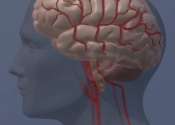Poor sleep may increase markers of poor brain health: Study
Getting either too much or too little sleep is associated with changes in the brain that have been shown to increase the risk of stroke and dementia later in life, a recent study finds. The research is published in the Journal ...
Jan 30, 2024
0
4









